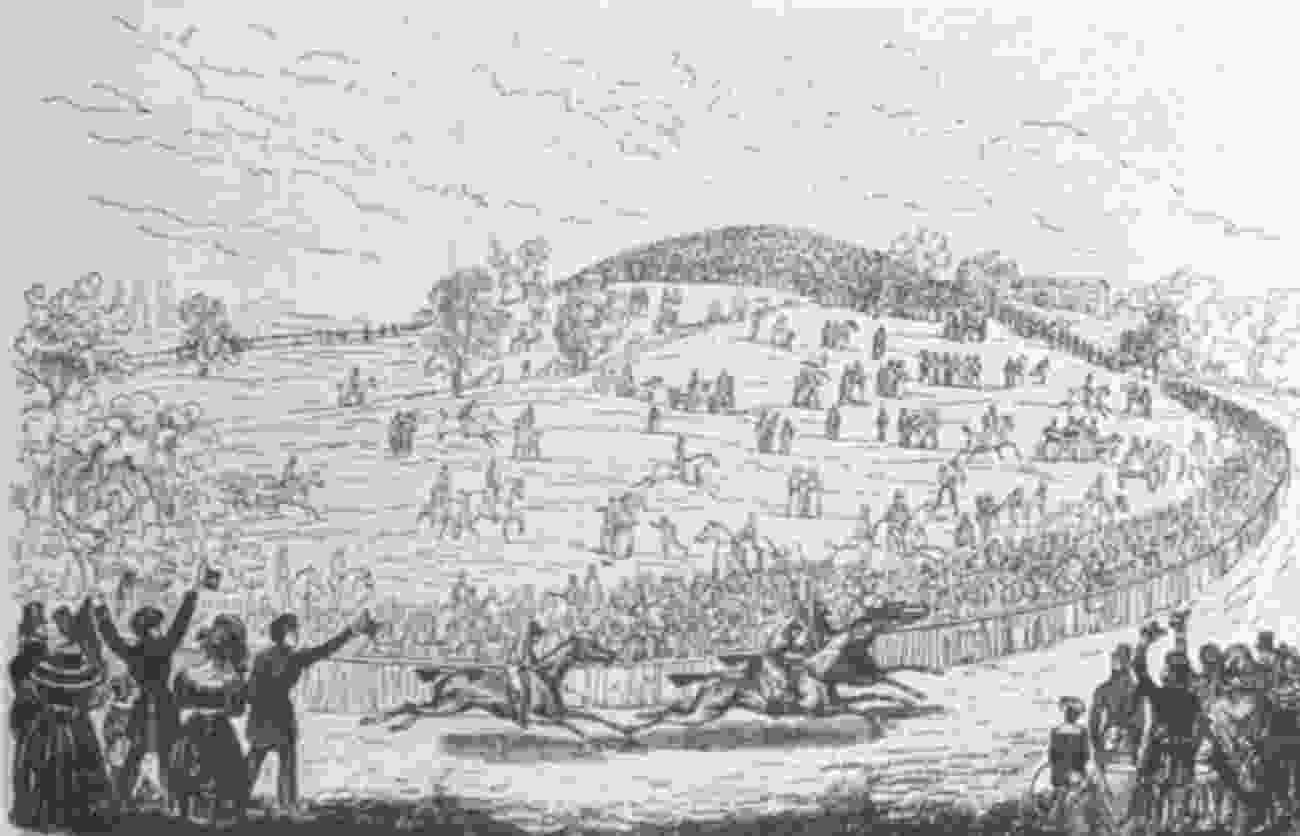
Kensington Park Road, W11
Road in/near Notting Hill, existing between the 1840s and now.
 | Kensington Park Road, W11 Road in/near Notting Hill, existing between the 1840s and now. |
| HOME | · | ARTICLE | · | MAPS | · | STREETS | · | BLOG | · | CONTACT US |
| MAP YEAR: | 1750 | 1800 | 1810 | 1820 | 1830 | 1860 | 1900 | 1950 | 2024 | Show map without markers |
| TIP: To create your own sharable map, right click on the map | ||||||||||
| Main source: | Ladbroke Association |
| Further citations and sources |
| Click here to explore another London street We now have 665 completed street histories and 46835 partial histories Find streets or residential blocks within the M25 by clicking STREETS |
| CONTRIBUTIONS TO THE LOCALITY |
  Richard Added: 12 Jul 2022 21:36 GMT | Elgin Crescent, W11 Richard Laitner (1955-1983), a barrister training to be a doctor at UCL, lived here in 1983. He was murdered aged 28 with both his parents after attending his sister’s wedding in Sheffield in 1983. The Richard Laitner Memorial Fund maintains bursaries in his memory at UCL Medical School Source: Ancestry Library Edition Reply |
  Richard Added: 12 Jul 2022 21:39 GMT | Elgin Crescent, W11 Richard Laitner lived at 24 Elgin Crescent Source: Ancestry Library Edition Reply |
  Ken Herlingshaw Added: 17 Jun 2023 18:34 GMT | St John the Evangelist - Spire The top of the church spire fell off during WW2 (presumably during a bombing raid ?) and for many years after that the spire had a flat top. I don’t know when it was restored. Definitely not in the early fifties when I went to Sunday School there. Reply |
  Ken Herlingshaw Added: 17 Jun 2023 18:35 GMT | Clarendon Road - post WW2 I used to live at 62 Clarendon Road, from about 1947 to 1956. It was one of four prefabs on the site, numbers 60, 60A, 62 and 62A. The original building there (on the corner with Lansdowne Rise) was bombed during WW2. Prefabs weren’t very popular with the up-market Kensington Borough councillors, however, and at the earliest opportunity they were demolished and we were moved to Henry Dickens Court. We inherited a telephone line from the original occupier, a band leader, when we moved into the prefab and the phone number was BAYswater 0050. But we didn’t know anybody else with a phone to call. Reply |
  mh Added: 21 Jun 2023 12:15 GMT | Clarendon Road, W11 Interesting.... Reply |
  Christian Added: 31 Oct 2023 10:34 GMT | Cornwall Road, W11 Photo shows William Richard Hoare’s chemist shop at 121 Cornwall Road. Reply |
| LATEST LONDON-WIDE CONTRIBUTIONS TO THE PROJECT |
  Wendy Added: 22 Mar 2024 15:33 GMT | Polygon Buildings Following the demolition of the Polygon, and prior to the construction of Oakshott Court in 1974, 4 tenement type blocks of flats were built on the site at Clarendon Sq/Phoenix Rd called Polygon Buildings. These were primarily for people working for the Midland Railway and subsequently British Rail. My family lived for 5 years in Block C in the 1950s. It seems that very few photos exist of these buildings. Reply |
  Steve Added: 19 Mar 2024 08:42 GMT | Road construction and houses completed New Charleville Circus road layout shown on Stanford’s Library Map Of London And Its Suburbs 1879 with access via West Hill only. Plans showing street numbering were recorded in 1888 so we can concluded the houses in Charleville Circus were built by this date. Source: Charleville Circus, Sydenham, London Reply |
  Steve Added: 19 Mar 2024 08:04 GMT | Charleville Circus, Sydenham: One Place Study (OPS) One Place Study’s (OPS) are a recent innovation to research and record historical facts/events/people focused on a single place �’ building, street, town etc. I have created an open access OPS of Charleville Circus on WikiTree that has over a million members across the globe working on a single family tree for everyone to enjoy, for free, forever. Source: Charleville Circus, Sydenham, London Reply |
  Charles Added: 8 Mar 2024 20:45 GMT | My House I want to know who lived in my house in the 1860’s. Reply |
  NH Added: 7 Mar 2024 11:41 GMT | Telephone House Donald Hunter House, formerly Telephone House, was the BT Offices closed in 2000 Reply |
  Paul Cox Added: 5 Mar 2024 22:18 GMT | War damage reinstatement plans of No’s 11 & 13 Aldine Street Whilst clearing my elderly Mothers house of general detritus, I’ve come across original plans (one on acetate) of No’s 11 & 13 Aldine Street. Might they be of interest or should I just dispose of them? There are 4 copies seemingly from the one single acetate example. Seems a shame to just junk them as the level of detail is exquisite. No worries if of no interest, but thought I’d put it out there. Reply |
  Diana Added: 28 Feb 2024 13:52 GMT | New Inn Yard, E1 My great grandparents x 6 lived in New Inn Yard. On this date, their son was baptised in nearby St Leonard’s Church, Shoreditch Source: BDM London, Cripplegate and Shoreditch registers written by church clerk. Reply |
  Vic Stanley Added: 24 Feb 2024 17:38 GMT | Postcose The postcode is SE15, NOT SE1 Reply |
| LOCAL PHOTOS |









